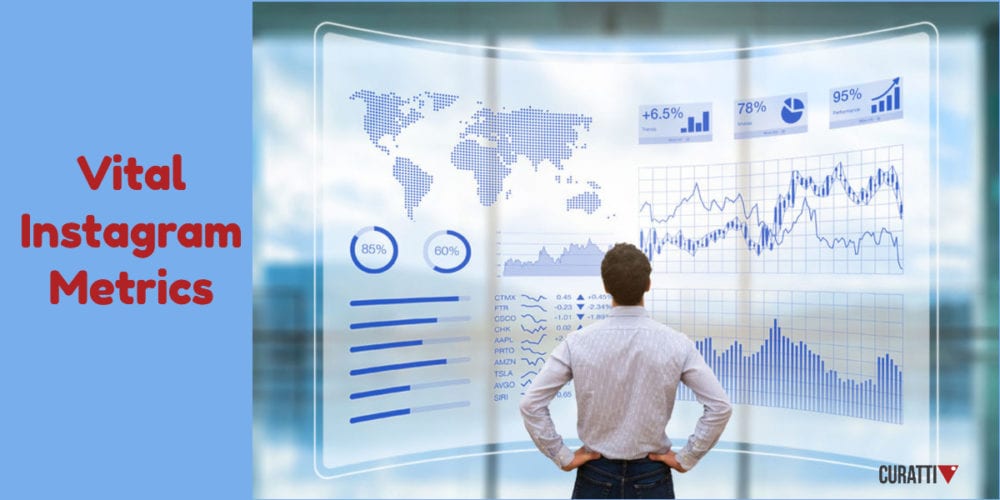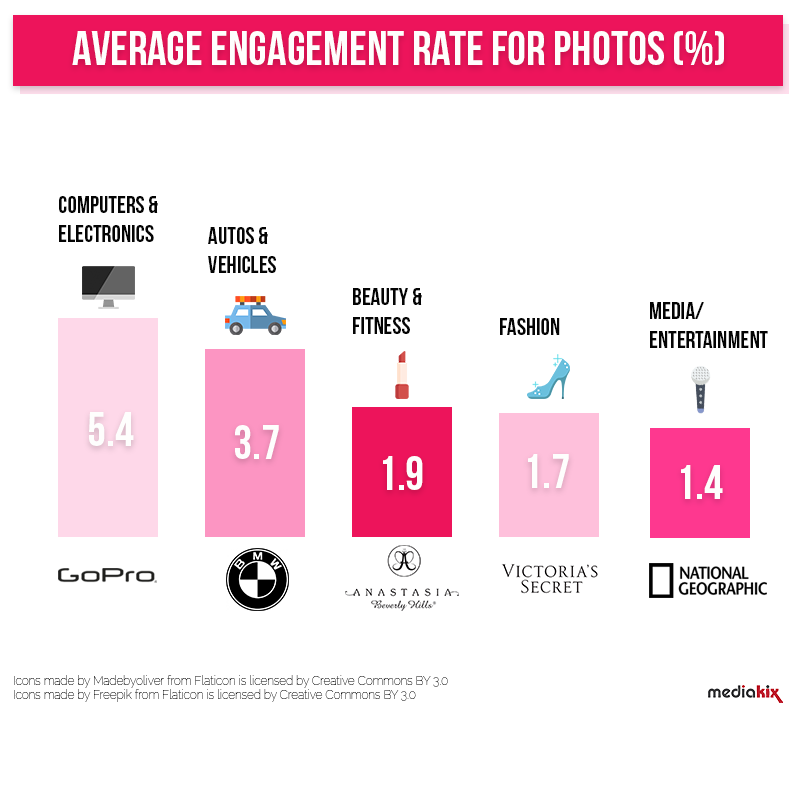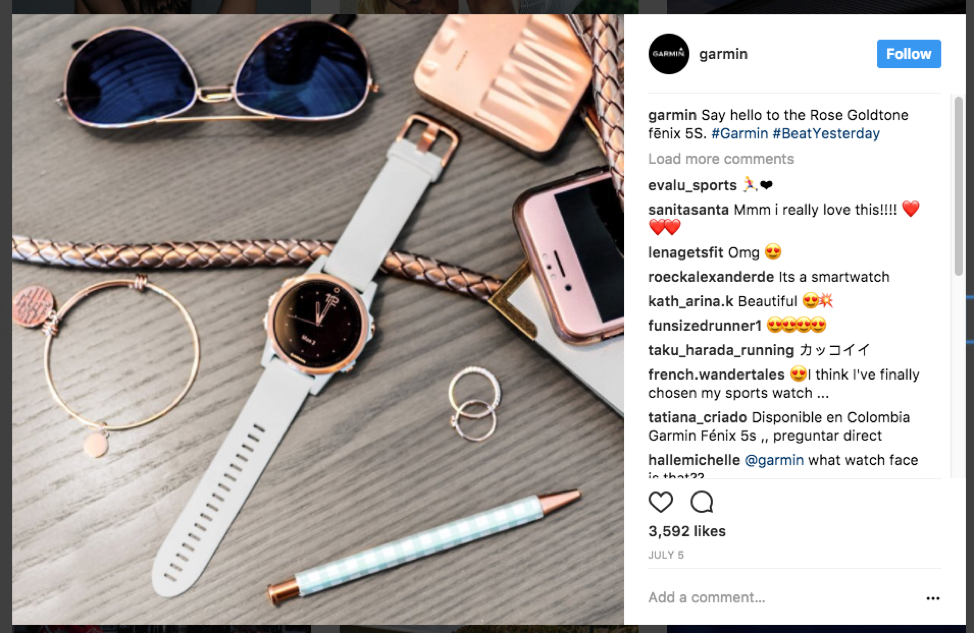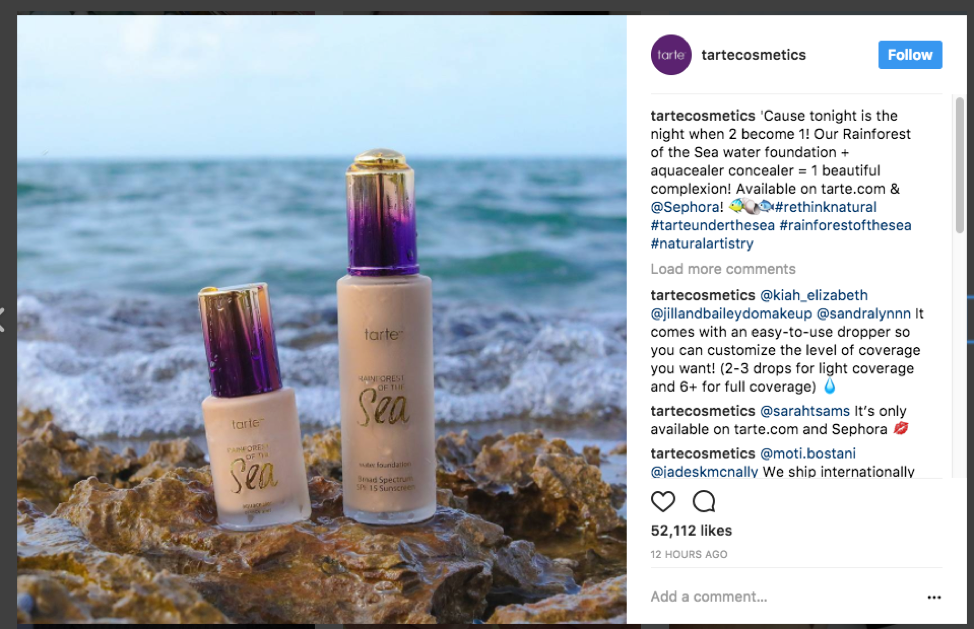Vital Instagram Metrics Every Business Should Be Measuring

Have you been working on your Instagram marketing campaigns for a while, but feel unsure if the time you’re spending is resulting in anything valuable? A lot of marketers find themselves in this scenario.
The easy metric to track if you’re new to Instagram marketing is follower growth. That’s something everyone can do, and something that most people know that they should probably do. However, getting Instagram followers shouldn’t be your only goal when it comes to marketing your brand on the social network. While growing your followers is important, there are so many other KPIs (Key Performance Indicators) you should be paying attention to.
Here are some other Instagram metrics to measure:
1. Engagement Rate
Instagram is a great platform not only for driving leads and sales, but also for increasing brand awareness and brand affinity. We’ll talk about tracking leads and sales numbers later in this post, but for now, let’s focus on engagement rate.
Your Instagram engagement rate is the percentage of people who like or comment on a post in comparison to the total number of people who see a post.
For example, let’s just say that 10,000 people see one of your brand’s Instagram posts. If 1,000 out of those 10,000 people like or comment on the post, you have an engagement rate of 10%.
Depending on the industry you work in, an engagement rate of 1.5 to 5% is considered average. If you’re currently seeing an engagement rate below your industry average aim to reach the average and then set your sights on outperforming your competitors.

Measuring your engagement rate is important because it lets you know if you’re posting content that your followers like. If your engagement rate is low you’ll want to experiment with different subjects for your content as what you’re currently posting isn’t resonating with your audience.
Don’t be afraid to experiment with things like:
- Behind the scenes photos
- Short demo videos
- DBIY videos
- Product photos
The more things you try the more opportunity you have to identify the types of posts that generate not only high engagement rates but also leads or sales.
2. Hashtag Usage
In addition to engagement rate, you’ll also want to keep an eye on hashtag usage. There are two types of hashtags that you should be experimenting with:
Branded and non-branded.
A branded hashtag is one that reflects your company name. For example, Garmin uses #Garmin on many of their posts, and their customers also use #Garmin. This curates a really nice collection of product photos for the company on social media.

A non-branded hashtag is one that reflects shared interests or values between you and your community. For example, the makeup brand Tarte uses #RethinkNatural to communicate with their community about the benefits of natural, cruelty-free cosmetics.

Once you start using a hashtag, you’ll want to track how often other people are also using it. The goal is to get your community in on the action to build a library of user-generated content as well as to create positive buzz about your company and products.
You can track hashtag usage by simply searching Instagram for the hashtag or you can use tracking software like Keyhole to automatically track hashtag mentions.
3. Website Traffic
A third metric you’ll want to track is how much traffic you’re driving back to your website from Instagram. While you can tell part of your brand story on the social network it’s important to move people from social to your site to tell the full story, and to help move them towards conversion.
If you have an eCommerce or lead generation site, you’ll need to drive users to your site to convert. Even if you have a retail location, you’ll want to get people to your site. From there, they can use a store locator, sign up for your email list or any other number of things that can only occur on a web property that you fully own.
To encourage people to click back to your website, you can do one of two simple things. You can include in your caption “click the link in bio” for more information.
If you don’t want to do that you can run Instagram ads. This will cost you a little bit of money (you set the budget to whatever you would like – it can be as little as $5). By turning your Instagram post into an ad, a call-to-action button gets added to it that makes it clickable. During ad setup, you’ll be given the option to connect the ad to any website URL you would like.

Using either option, you can track how many people click-through a link and end up on your site as a result of Instagram in any web analytics platform such as Google Analytics.
4. Conversion Rate
Since you’ll be tracking website traffic from Instagram, you’ll also want to track your conversion rate. The conversion rate is the percentage of people who come to your site and then go on to take action such as filling out a lead form, making a purchase or performing any other action that you deem important.
Let’s say you get 10,000 visitors from Instagram this month and 1,000 of them purchase from your eCommerce shop, that would mean you have a conversion rate of 10%.
Similar to engagement rates, conversion rates will vary based on a number of things including your industry. An average conversion rate is 3%.
Getting Started
Now that you have an idea of the type of Instagram metrics you should be measuring, you can put these ideas into practice.
Using social media and website analytics software you can track these metrics automatically, or you can set up a spreadsheet and track them on your own.
The most important thing is to be aware of your numbers so that you know what type of business value Instagram is driving for your brand.
You may also want to read: Are You Monitoring All Of The Right Metrics?
11 Instagram Mistakes to Avoid at All Costs
6 Key Metrics for Measuring B2B Social Media ROI
Want More Instagram Followers? Here Are 3 Foolproof Ways
 Stewart is a full-time content marketer at Foundr and part-time reader, gamer & footballer. You can follow or tweet him @stewydunlop
Stewart is a full-time content marketer at Foundr and part-time reader, gamer & footballer. You can follow or tweet him @stewydunlop
Featured image: Copyright: ‘https://www.123rf.com/profile_nicoelnino‘ / 123RF Stock Photo

CURATTI GUEST


